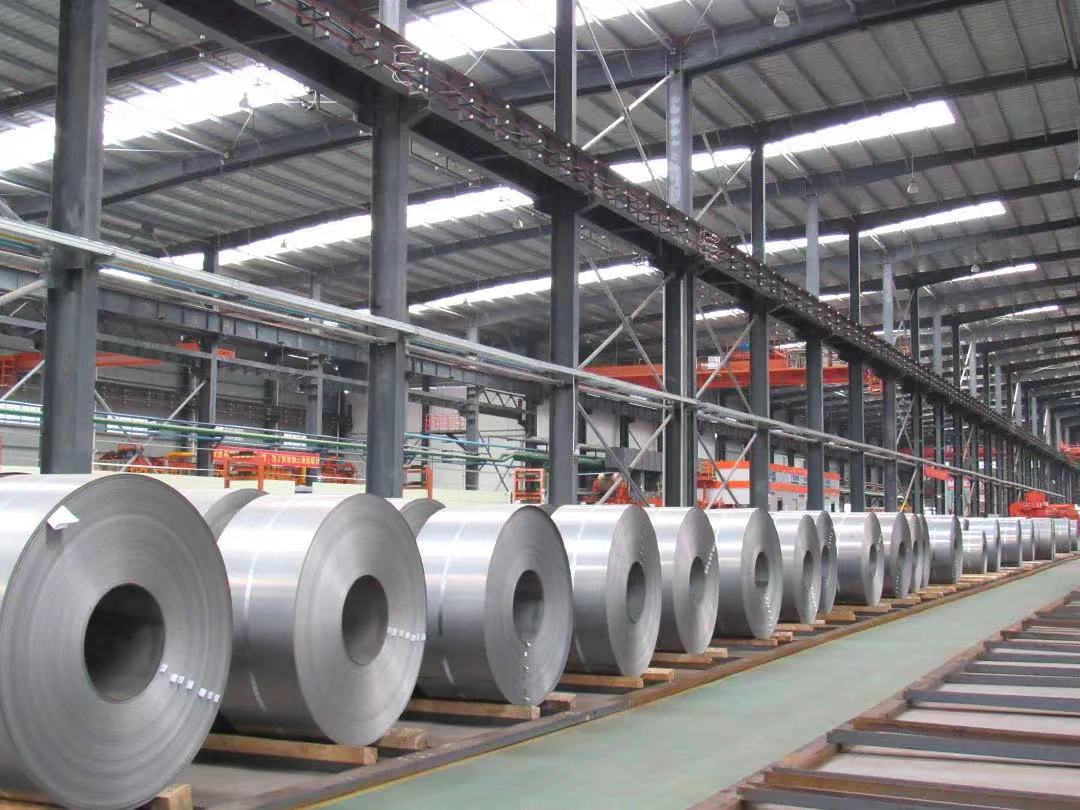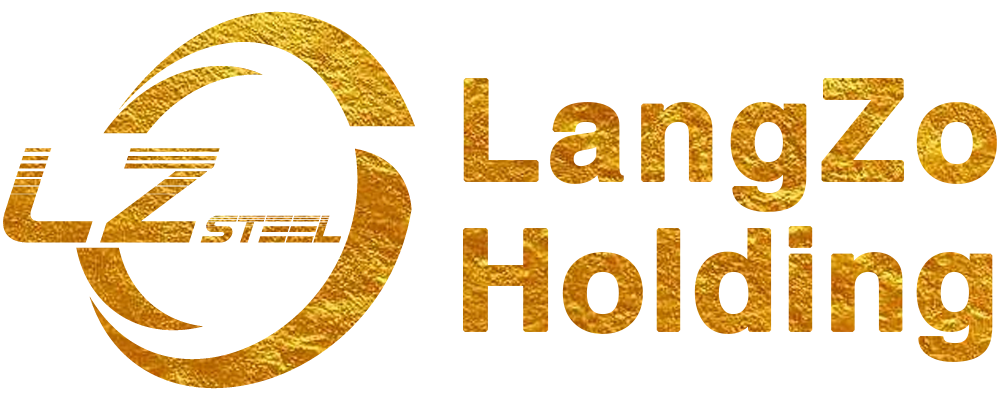
Aluzinc coated steel, known for its excellent corrosion resistance, good formability, and cost-effectiveness, is widely used in various industries such as construction, home appliances, and automotive manufacturing. However, its welding performance has been a topic of concern, as the coating can present several challenges during the welding process. Understanding these challenges and applying the right techniques can help improve the welding quality and overall performance of aluzinc coated steel.
1. Challenges in Welding Aluzinc Coated Steel
Impact of Coating Composition: The aluzinc coating consists of 55% aluminum, 43.5% zinc, and 1.5% silicon. Aluminum is highly reactive and, during welding, it easily combines with oxygen to form aluminum oxide, which has a high melting point of around 2050°C. This oxide layer can hinder the fusion of metals, leading to weld defects like slag inclusions and porosity. In arc welding, if the aluminum oxide film is not effectively removed, it can become trapped in the weld, reducing the strength and density of the weld. Additionally, zinc, with a relatively low boiling point of 907°C, tends to vaporize during welding, releasing zinc vapors. If these vapors are not allowed to escape during cooling, they can cause porosity in the weld, severely affecting its quality.
Heat-Affected Zone (HAZ) Issues: During welding, the heat-affected zone (HAZ) of aluzinc coated steel experiences complex thermal cycles. The difference in thermal expansion coefficients between the coating and the base steel can create significant thermal stresses in the HAZ. These stresses may lead to a reduction in the adhesion between the coating and the substrate, potentially causing the coating to peel off. In applications where appearance and corrosion resistance are critical, the peeling of the coating not only affects the aesthetic quality but also compromises the corrosion protection, reducing the material’s lifespan. The thermal cycles in the HAZ can also alter the mechanical properties of the steel, leading to a decrease in strength and toughness.
2. Improving the Welding Performance of Aluzinc Coated Steel
Selection and Optimization of Welding Processes: Different welding methods have varying impacts on the welding performance of aluzinc coated steel. For instance, laser welding, with its high energy density and low heat input, can significantly reduce the HAZ and minimize thermal stresses, helping to maintain the integrity of the coating. Moreover, laser welding’s fast cooling rate reduces the chances of zinc vapor forming porosity in the weld. Similarly, optimizing welding parameters such as current, voltage, and welding speed can improve weld quality. In arc welding, lowering the welding current and increasing welding speed can reduce heat input, minimize zinc vaporization, and decrease porosity. Adjusting the welding angle and travel speed can further control the shape and flow of the molten pool, promoting uniform fusion and minimizing defects like slag inclusions.
Pre- and Post-Welding Treatment: Proper pre-welding treatment is essential for improving the welding performance of aluzinc coated steel. Mechanical grinding or chemical cleaning can effectively remove surface contaminants such as oils and oxide scales, particularly the aluminum oxide film. This enhances the wettability of the surface and promotes better metal fusion during welding. Post-welding heat treatment, such as stress-relief annealing, can help reduce thermal stresses induced during the welding process, improving the bond between the coating and the base metal, and restoring the mechanical properties in the HAZ. Additionally, applying anti-corrosion coatings after welding can compensate for any damage to the coating and ensure the material’s long-term durability.
3. Welding Performance in Real-World Applications
In the construction industry, aluzinc coated steel is commonly used for roofing and wall panels. In these applications, ensuring high-quality welds is essential for structural stability and corrosion resistance. By selecting appropriate welding techniques, such as gas metal arc welding (GMAW), and following proper pre- and post-welding procedures, workers can achieve strong, durable welds that maintain the integrity of the coating. For example, in large industrial factory roofs, gas shielded arc welding with optimized parameters and proper surface preparation can ensure both a strong structure and long-lasting corrosion resistance.
In the home appliance industry, aluzinc coated steel is used for manufacturing outer shells of refrigerators, air conditioners, and other appliances. Given the high aesthetic and corrosion-resistance requirements, advanced welding techniques such as laser welding are employed to achieve clean, high-quality welds. This approach ensures that the welded parts not only meet structural requirements but also maintain the desired appearance and durability.
Conclusion
While welding aluzinc coated steel presents several challenges due to the coating’s composition and the heat-affected zone, these issues can be mitigated through proper selection of welding processes, optimization of welding parameters, and pre- and post-welding treatments. By addressing these challenges, aluzinc coated steel can be successfully welded, making it a reliable material for various applications in industries like construction, home appliances, and automotive manufacturing.





